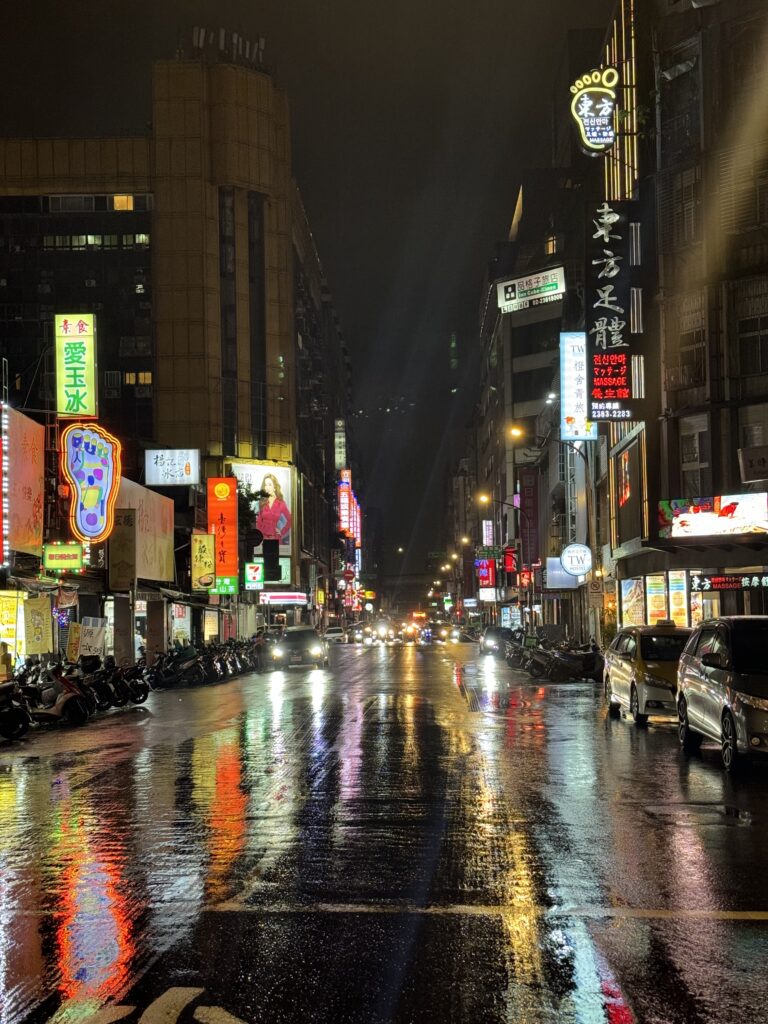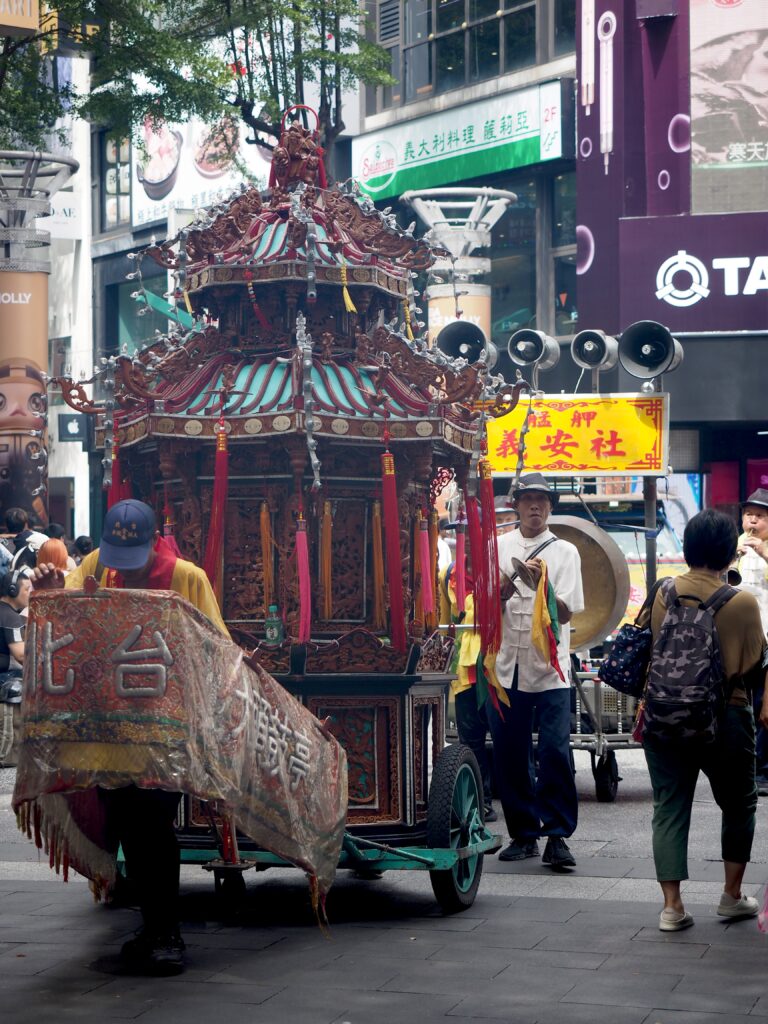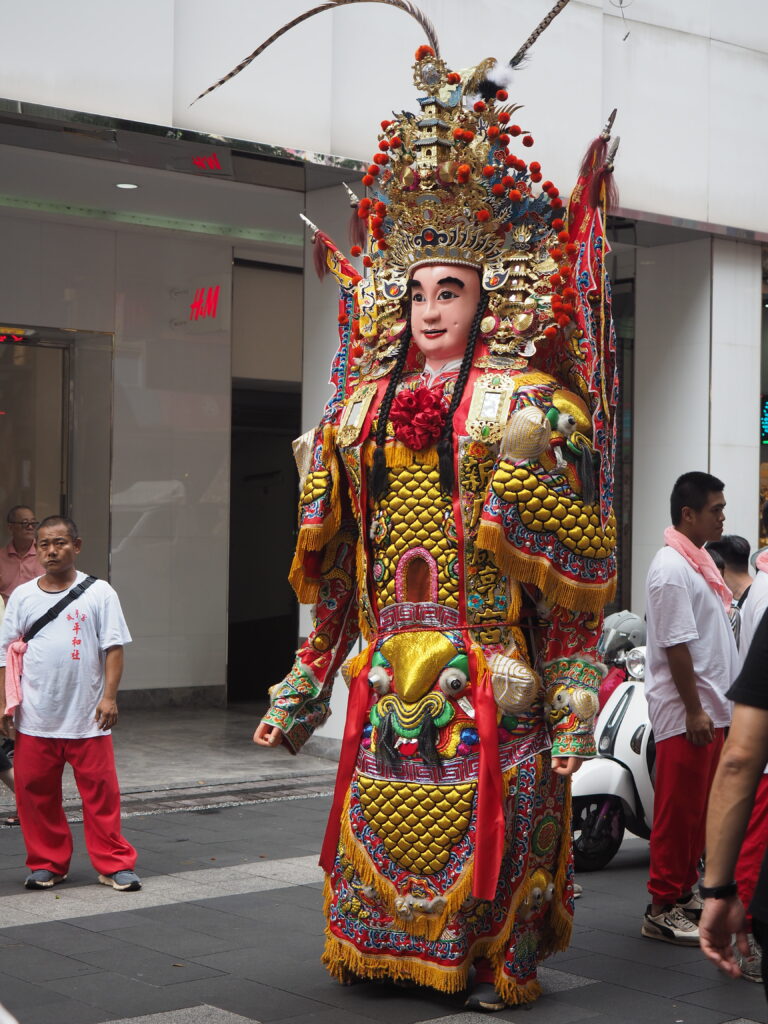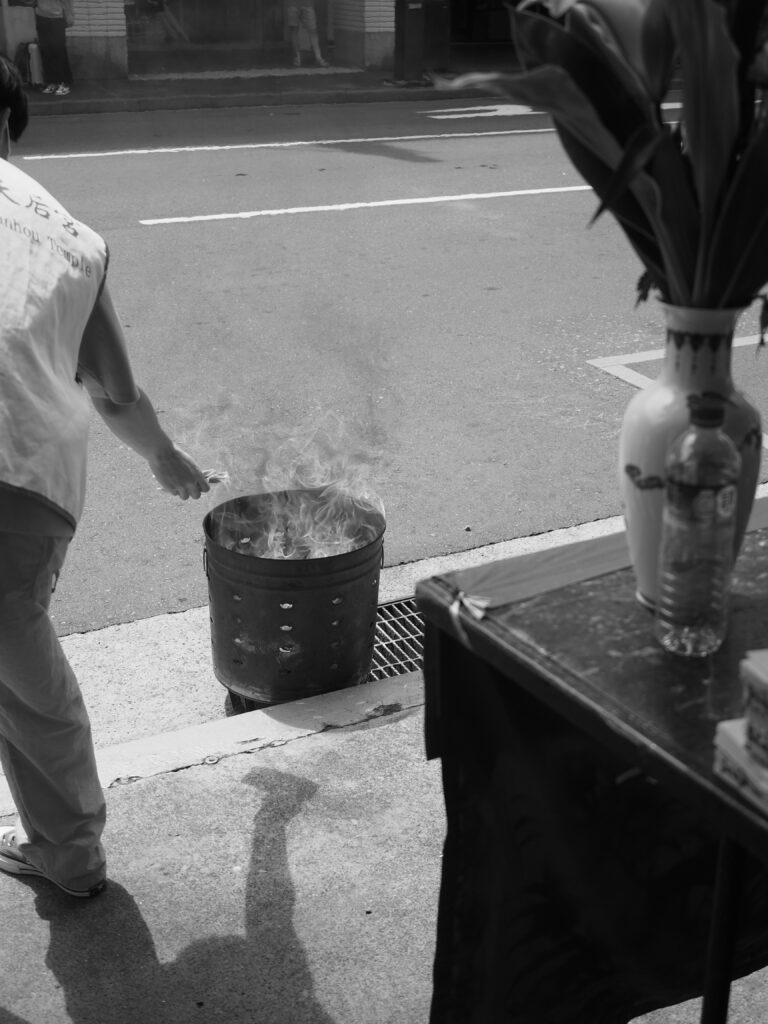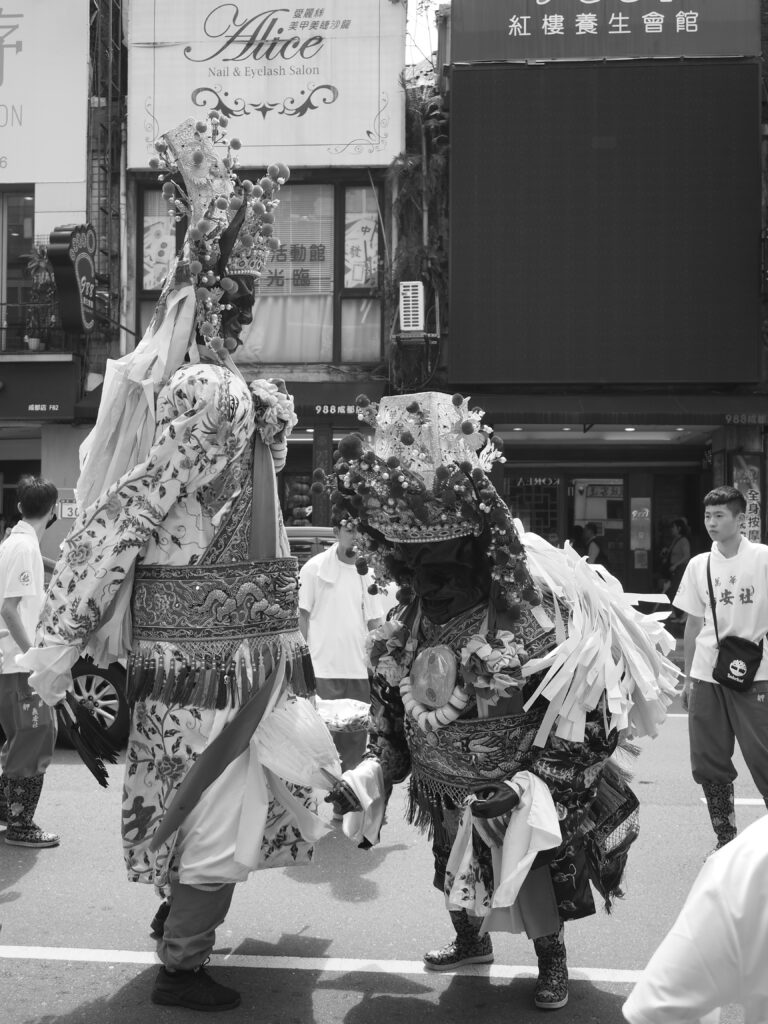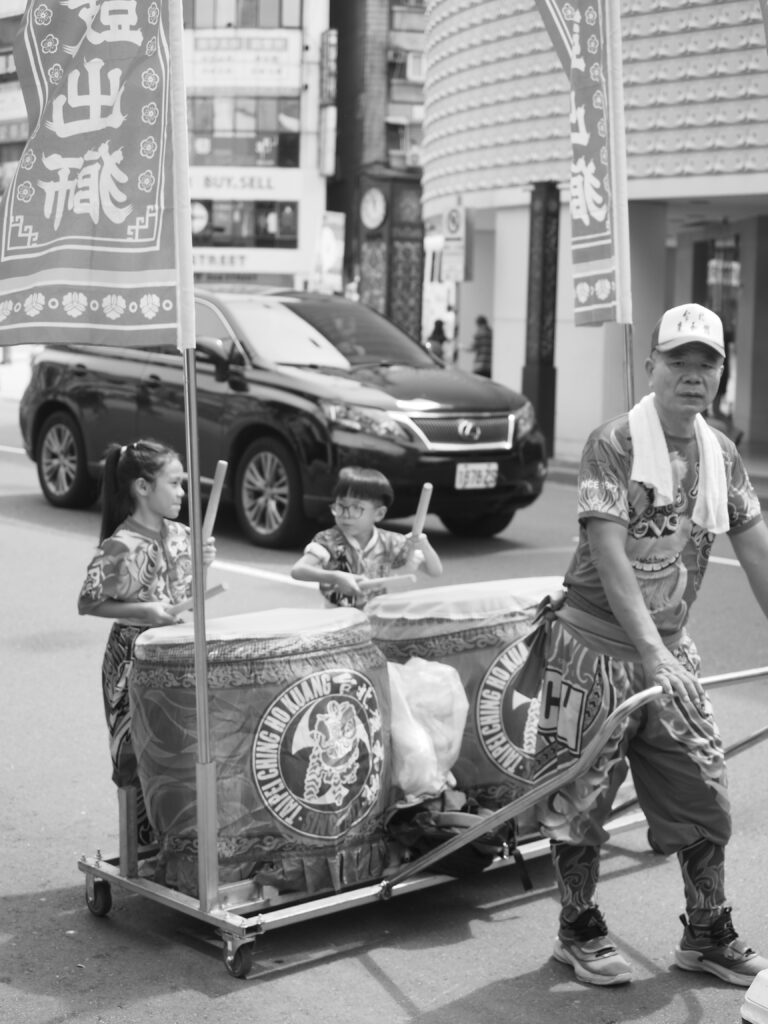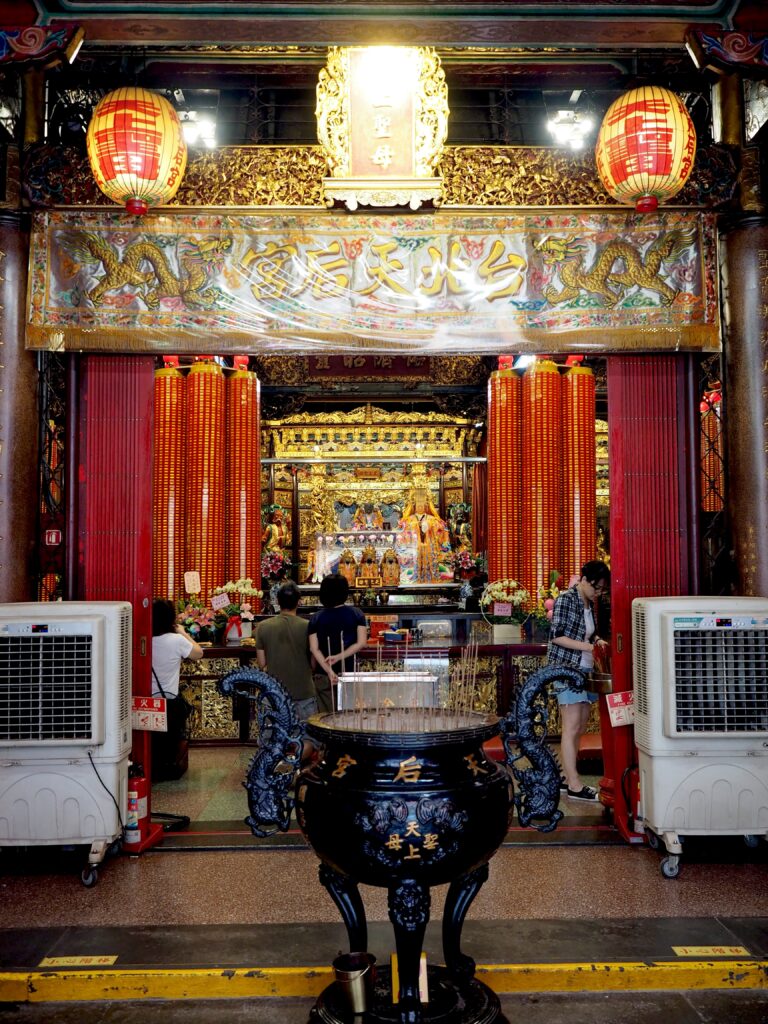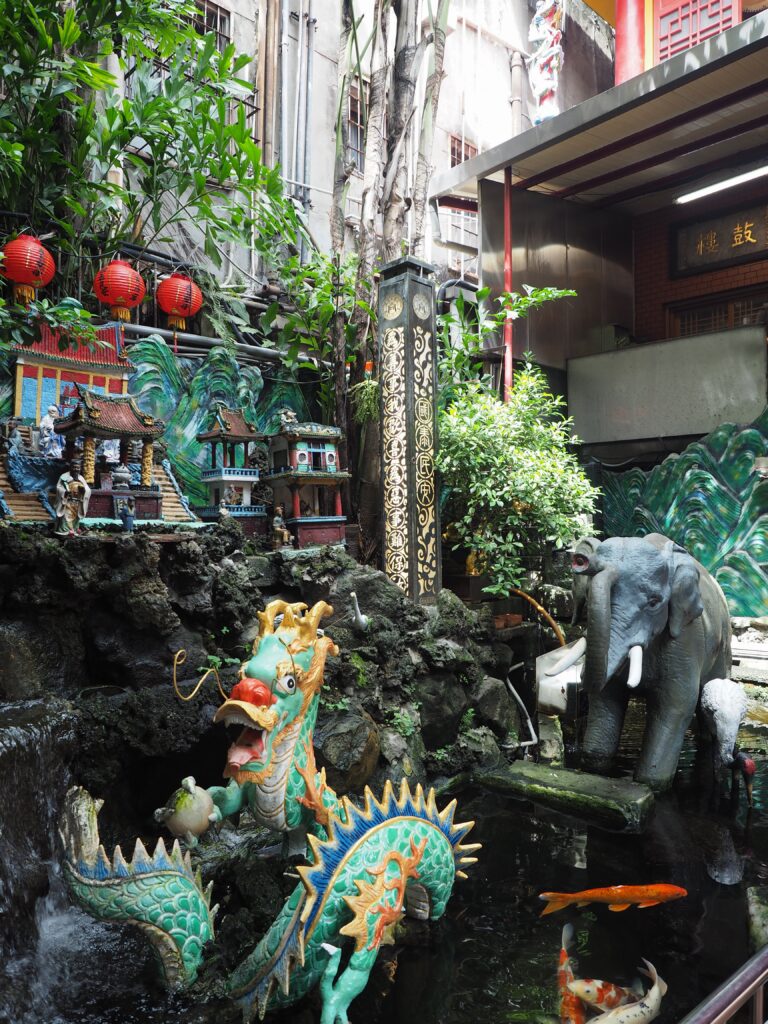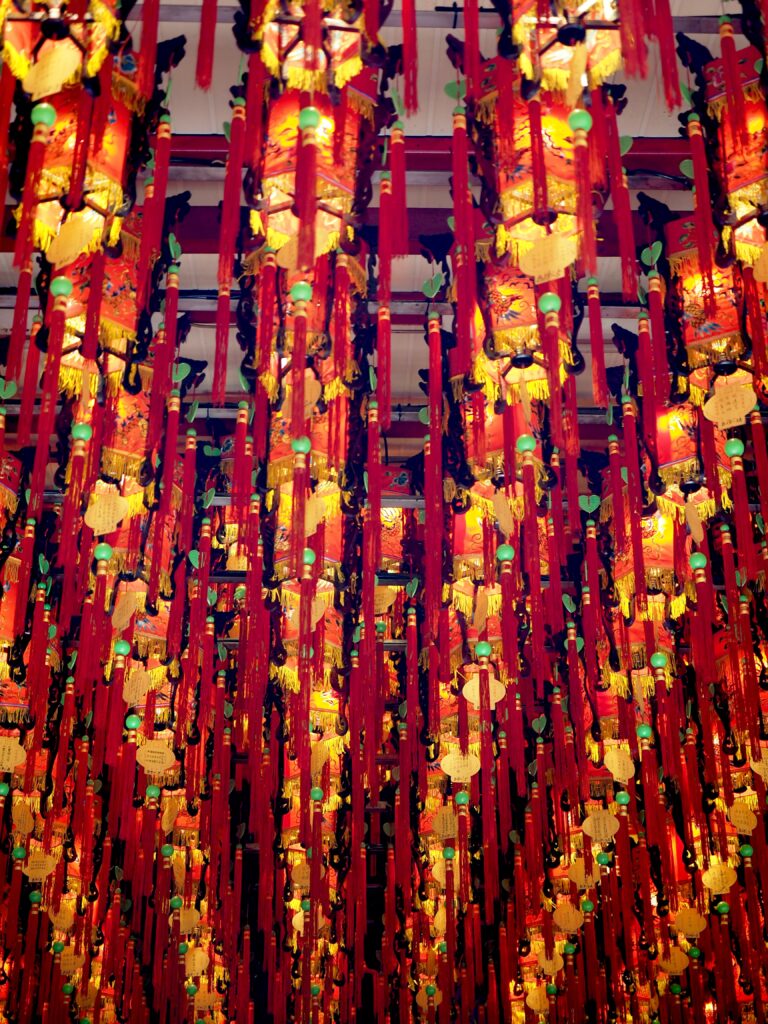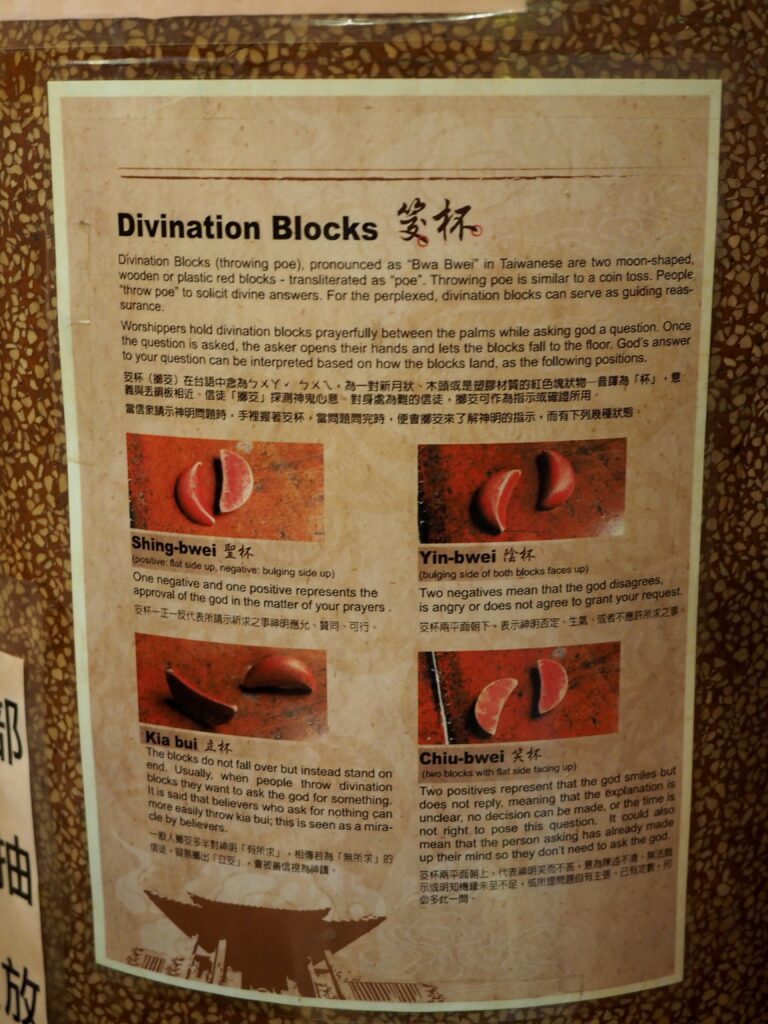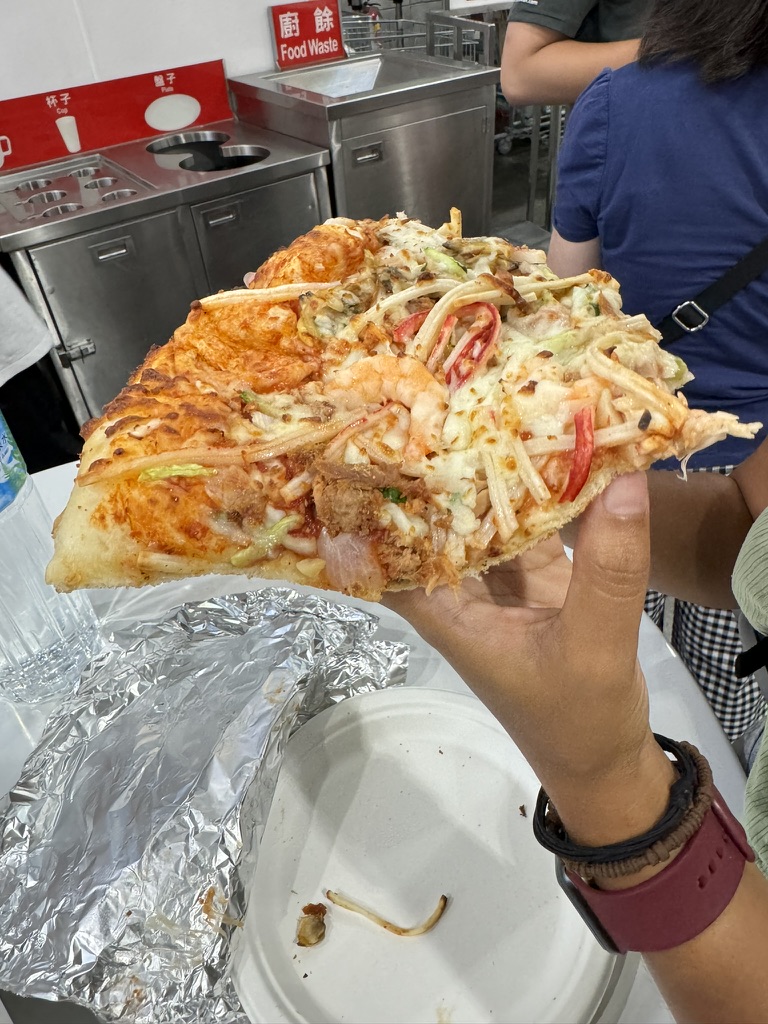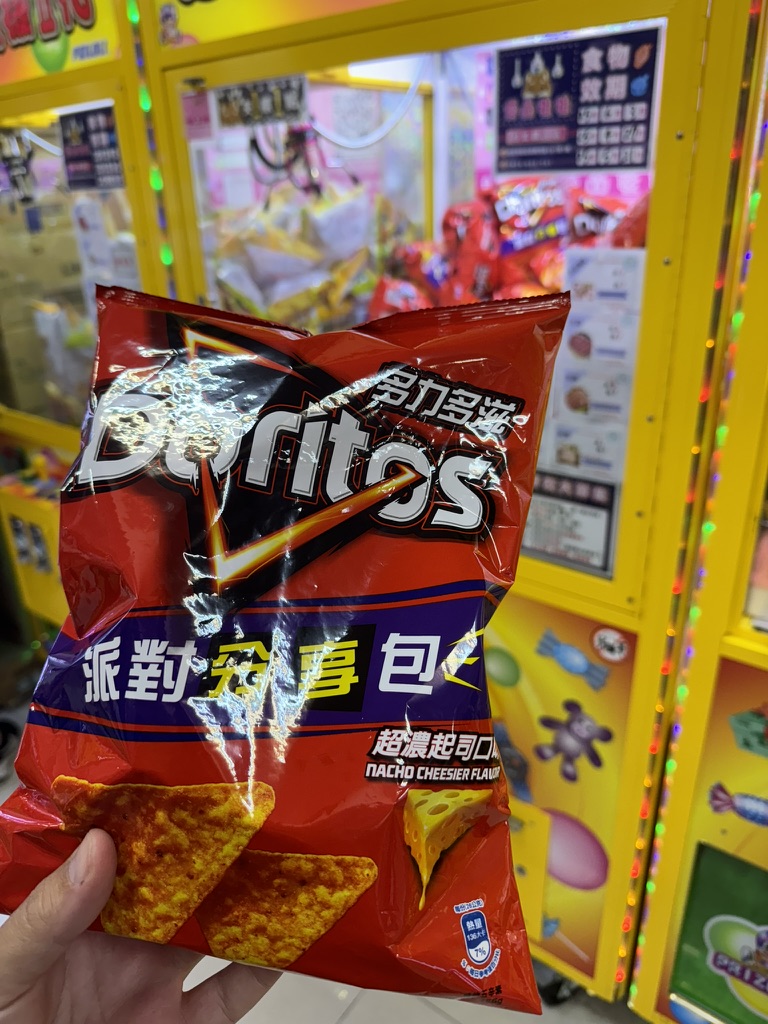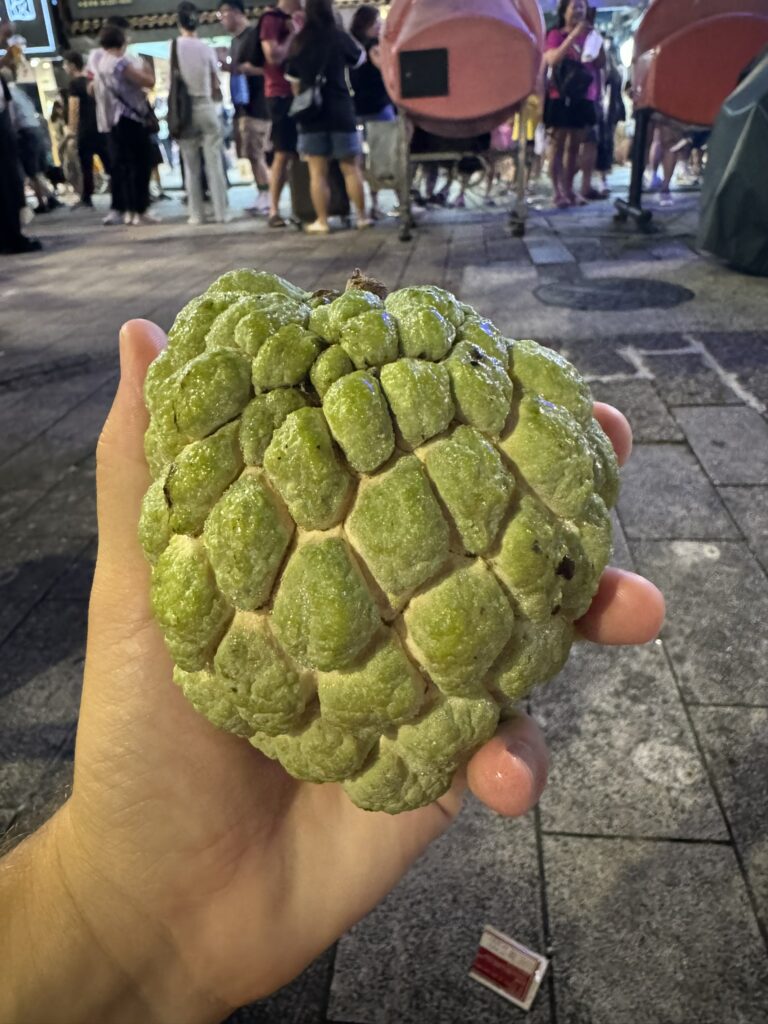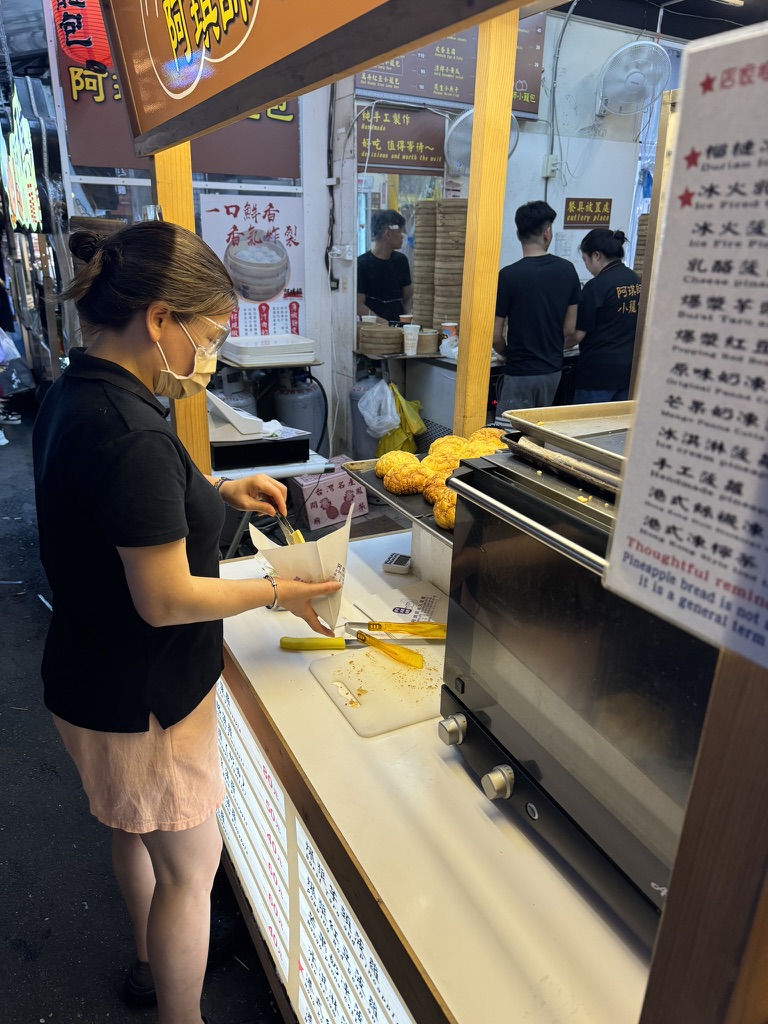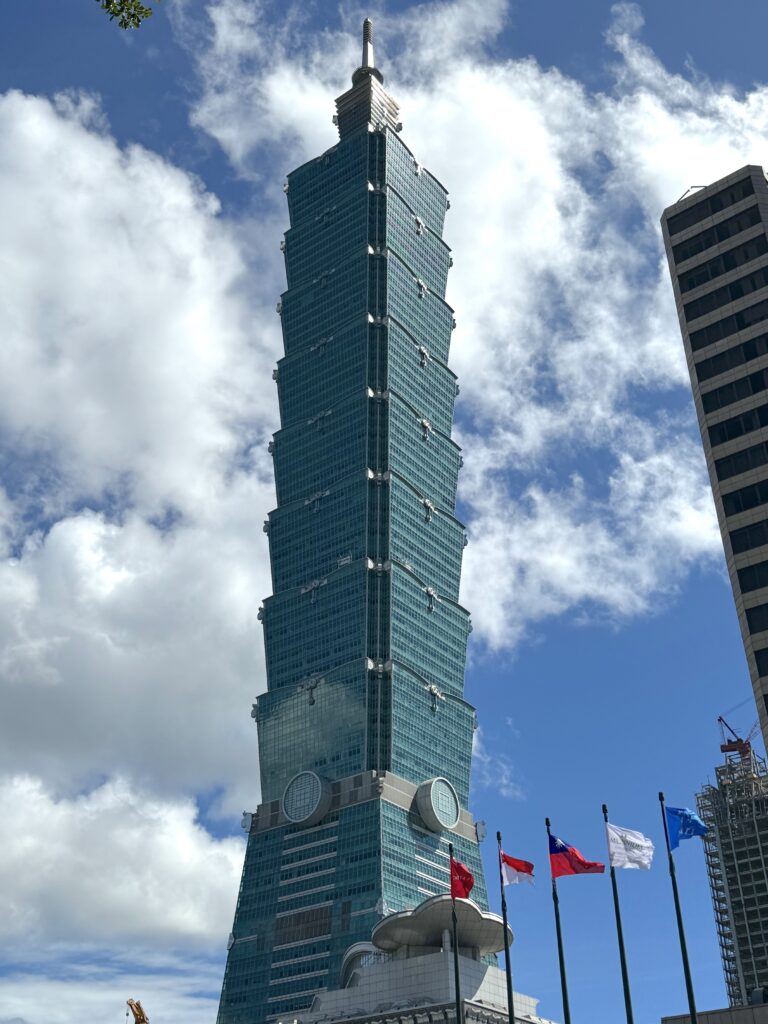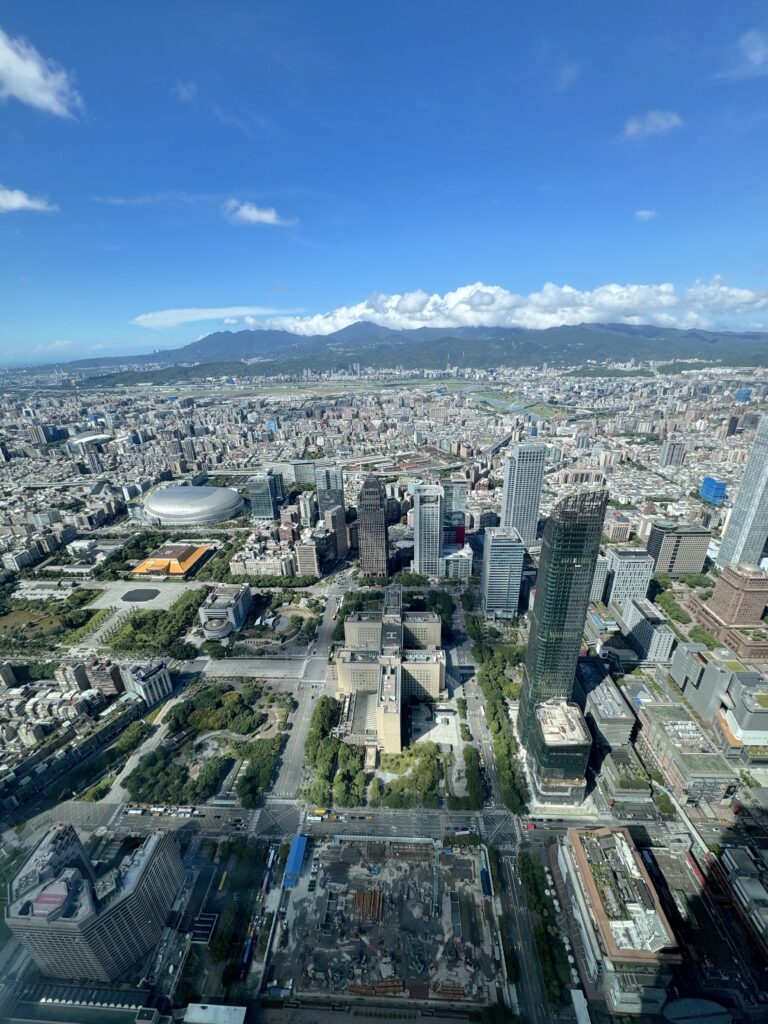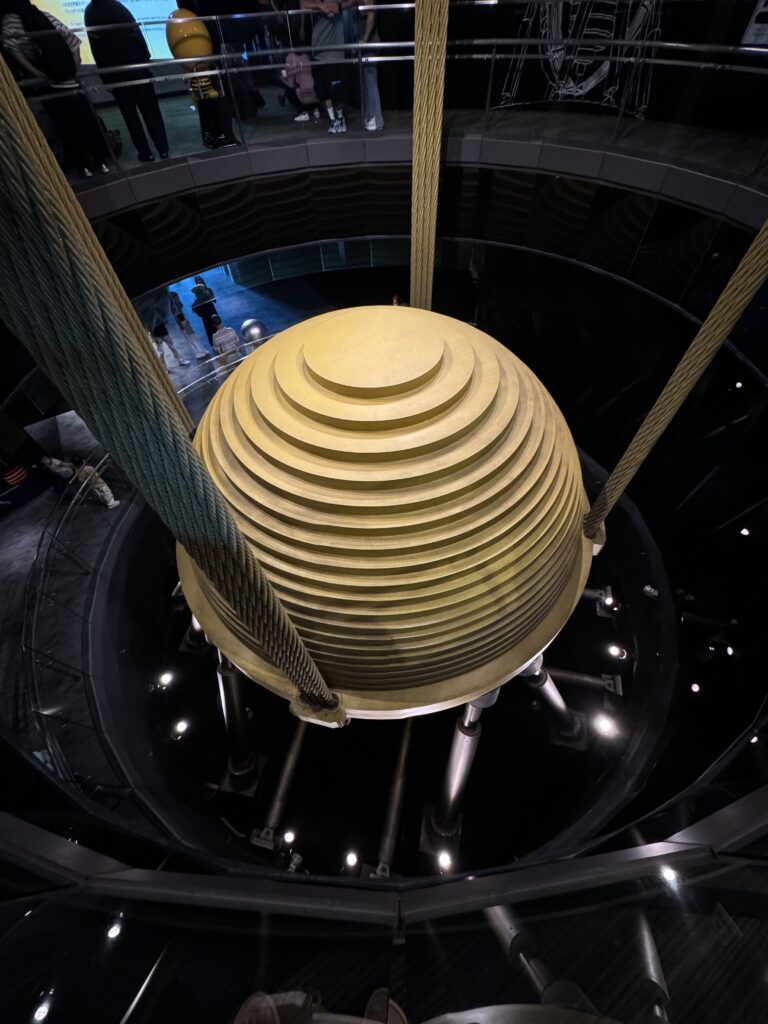Taipei
4 October 2024
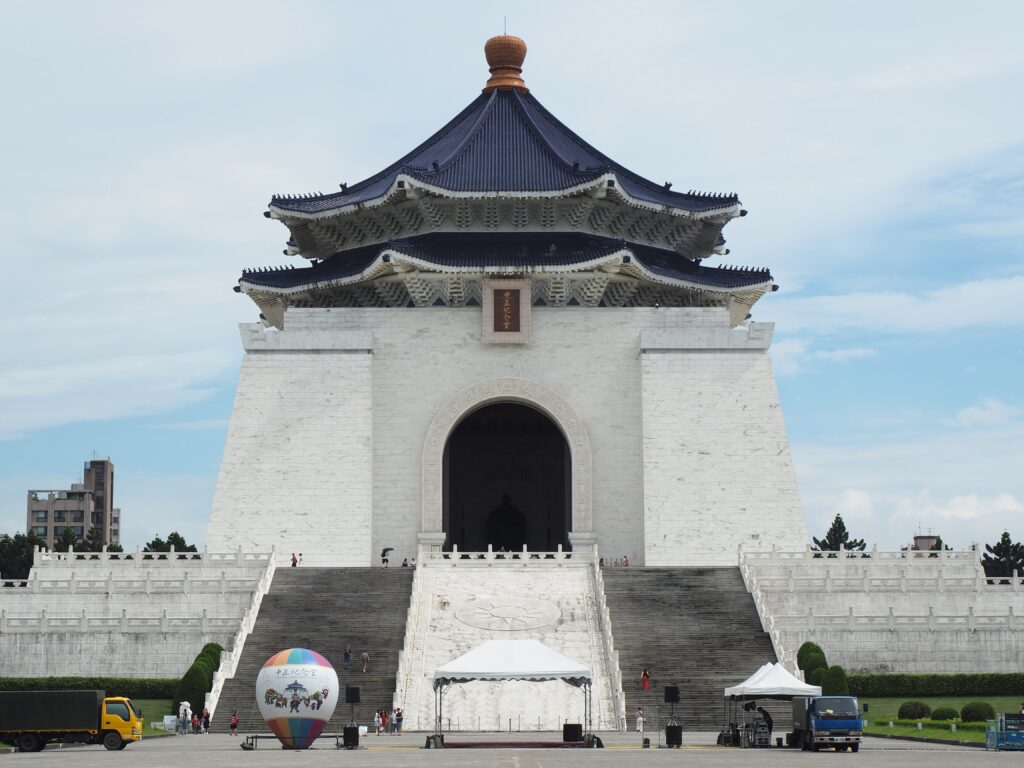
Taipei, the capital of Taiwan, has a history shaped by indigenous cultures, Chinese rule, and Japanese colonization. It became the island’s political and economic center under Qing and Japanese rule and later served as the seat of the Republic of China’s government after 1949. Today, its landscape reflects centuries of cultural and political change. It has a unique feeling and identity I found utterly charming.
Día 1
- Ximending Walking District
We left Hong Kong at 2:50 PM and landed in Taipei at 4:45 PM. After picking up my checked backpack, we made our way to the MRT. That’s when Indi realized the hotel booking hadn’t actually gone through. We paused to find a new place, and Indi quickly made a new reservation. On the way to the hotel, we had to switch trains to catch an express line with fewer stops—just barely making it in time.
Ximending Walking District
Our hotel turned out to be just steps away from the Ximending Walking District, so after checking in, we headed out to explore. The area is a bustling pedestrian zone known for its shopping, entertainment, and street performances. It was raining and dark, but the streets were still full of people.
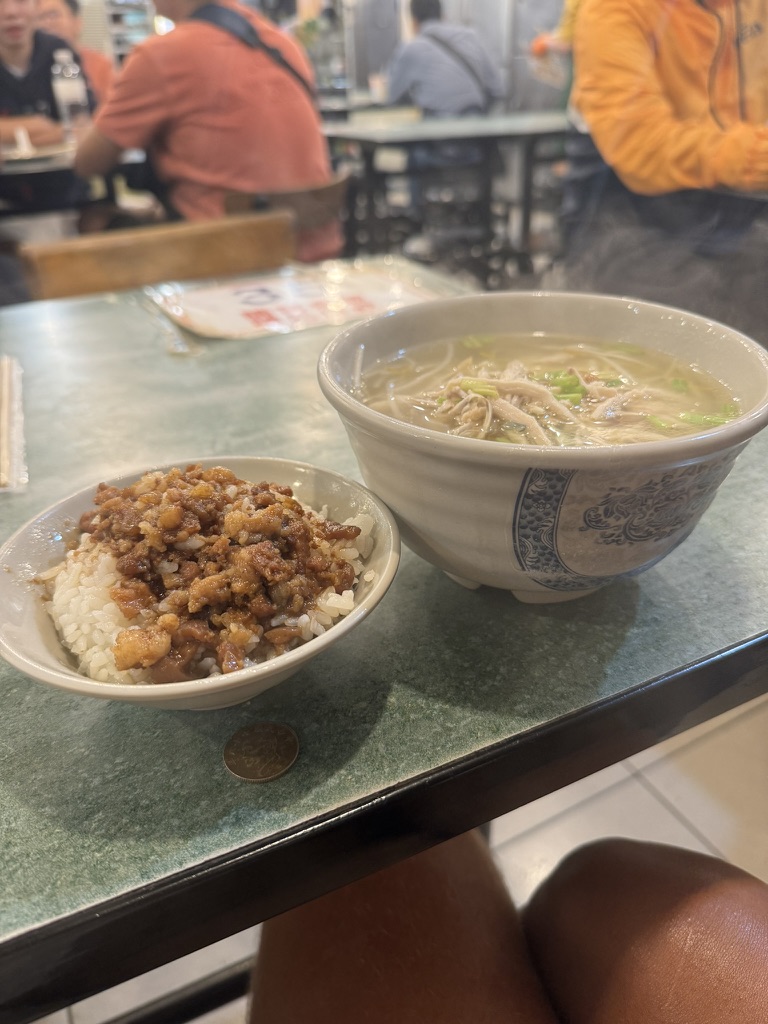
After walking most of the busy area, we picked a restaurant to get dinner. I got a bowl of cheap pork rice that was plain but good. Indi got a noodle soup that she described as the same. They were both much improved by the spices on the table.
Día 2
- Ximending Walking District Parade
- Taipei Tianhou Temple
- Chiang Kai-shek Memorial Hall
- Costco
- Raohe Street Night Market
- Rainbow Bridge
Ximending Walking District Parade
We left the hotel in the morning to walk to a nearby historic temple. We walked through Ximending, and found a parade passing through the street. I’m not sure what was being celebrated, but there were a lot of people and the parade seemed endless. Drummers and musicians were playing some simple wind instrument that looked like a cross between a clarinet and a recorder. It was incredibly loud. There were people in giant costumes that made them appear super tall. We watched for a while, but the parade never showed signs of ending, so we decided to move on.
Taipei Tianhou Temple
Taipei Tianhou Temple is a historic Taoist temple built in 1746 and dedicated to Mazu, the goddess of the sea. It is one of Taipei’s oldest temples and remains an active place of worship where visitors can see intricate carvings, traditional incense offerings, and local devotees praying for protection and good fortune. Indi used the divination blocks to ask questions after we observed a local using them and finding an instructional paper taped to the wall explaining how they work. The ornate wooden carvings throughout the temple were impressive. When we left, the parade was still passing by the temple and people were burning something, possibly fake money, outside of the temple doors.
Chiang Kai-shek Memorial Hall

We took the MRT to Chiang Kai-shek Memorial Hall, a vast square surrounded by four impressive structures. The National Concert Hall and National Theater, both built in a traditional Chinese pagoda style, stand on either side, while the grand Liberty Square Arch, with its white pillars and blue-tiled roof, marks the entrance. At the center, the Chiang Kai-shek Memorial Hall itself is an enormous white structure with a blue octagonal roof, symbolizing eternity in Chinese culture—easily one of the most striking buildings I’ve ever seen. We watched the changing of the guard in the square, an elaborate display of synchronized rifle twirls and precise marching that was unexpectedly long but flawlessly executed.
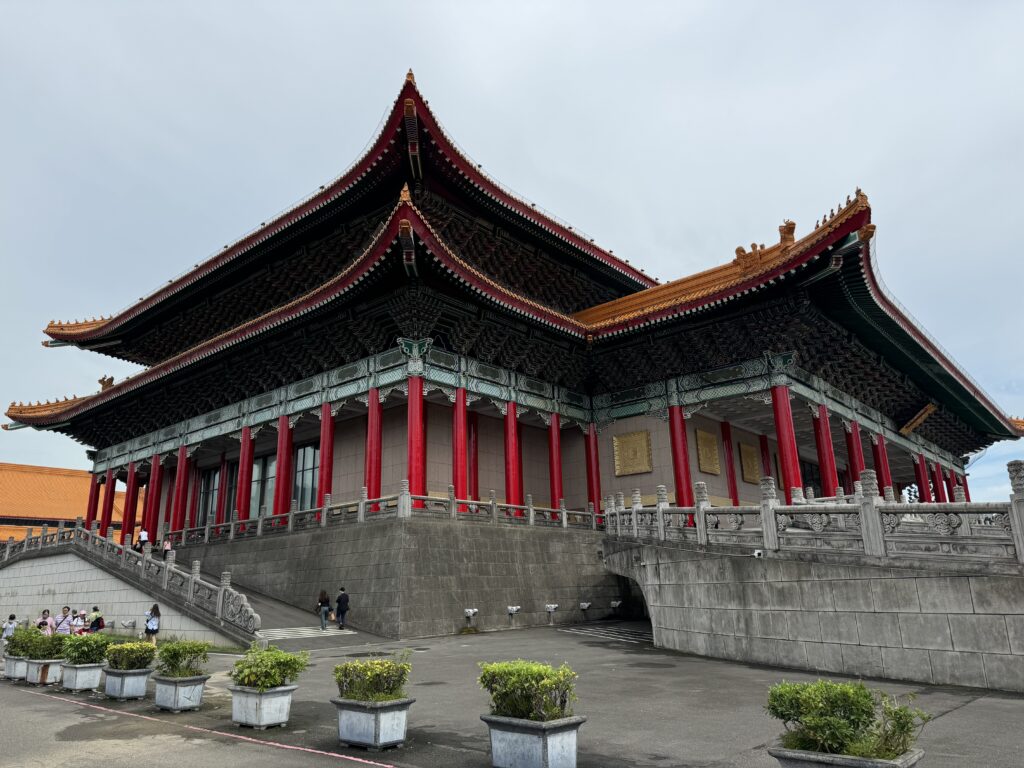
Costco
From there, we took an Uber to Costco, planning to grab a sushi platter—until Indi realized our membership had expired. Luckily, I was still able to order from the food court by showing my Costco card on the app, carefully hiding the expiration notice. We picked up a seafood bake, bulgogi bake, seafood pizza, clam chowder, and pistachio ice cream. The clam chowder was easily our favorite, though we never got around to trying the bulgogi bake because we were stuffed.
After taking the MRT back to the hotel, we stored the food in the fridge, and Indi finally bought the Keen sandals she had been talking about the entire trip. We relaxed in bed for about an hour before I got us moving again.
Raohe Street Night Market
We took the MRT to Raohe Street Night Market, easily one of the best markets we’ve visited on this trip. We picked up a few great snacks, most notably a custard apple, which tasted like a chirimoya but was shockingly expensive at $5, and pineapple bread stuffed with a slice of butter—something I could eat every day. The bread was warm and the slice of butter was thick. I’d give anything to teleport to that market to get another right now. Indi needed to use a bathroom, we finally came across one inside an arcade packed with claw machines, which seemed to be everywhere in Taipei. Unlike the usual stuffed toys, these machines were filled with unexpected prizes like Doritos, candy, and even baby wipes. We decided to test our luck—on my second try, I won a bag of Doritos, and Indi scored a pack of jelly candies.
Día 3
- Xing Fu Tang
- Taipei 101
- The Red House
Xing Fu Tang
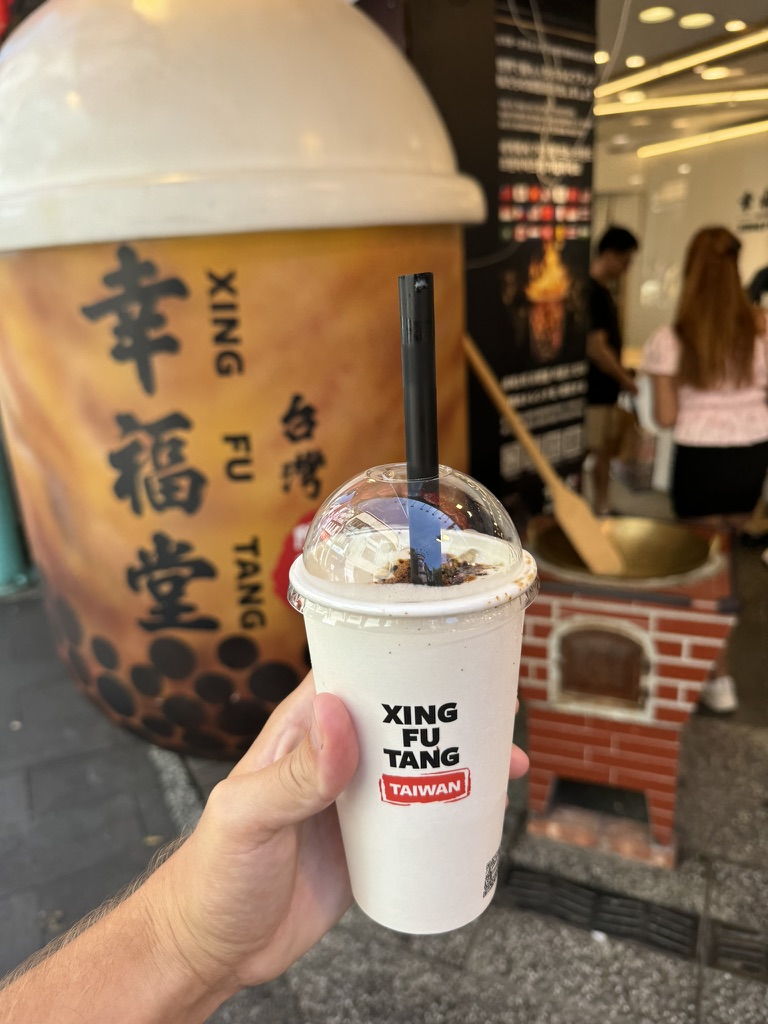
We got a late start to the day. We left the hotel and walked to Ximending Road yet again. Boba tea comes from Taiwan, so we couldn’t leave without trying some. We went to Xing Fu Tang, known for its brown sugar boba milk and handmade signature stir-fried brown sugar pearls. It was amazing! It tasted like bliss and diabetes. It was so sweet that neither of us could finish our drinks. We both have a sweet tooth, which means the amount of sugar in that drink must be off the charts.
Taipei 101
We went to Taipei 101, and the elevator ride up was one of the coolest parts—it shot us to the top in just 37 seconds. At one point, it was the fastest elevator in the world. The view from the observation deck was incredible, with the whole city stretching out in front of us, and steep green mountains behind us. Inside, we got to see the giant golden damper ball in the center of the building, which helps keep it stable during earthquakes.
The Red House
We took the MRT back toward our hotel and stopped by The Red House, a historic brick building from 1908 that was originally a marketplace and is now a hub for local artists and shops. We walked around the artisan booths set up outside before heading to a small restaurant nearby called Tian Tian Li Delicacies, where there’s always a line.

I somehow never took photos of the Red House or our dinner, but I did take a photo of an Indiana Jones DVD in mandarin.
Next time
On our next adventure, we head to the final country of our Asia trip: Japan. We start our time in Japan on the subtropical island of Okinawa.



